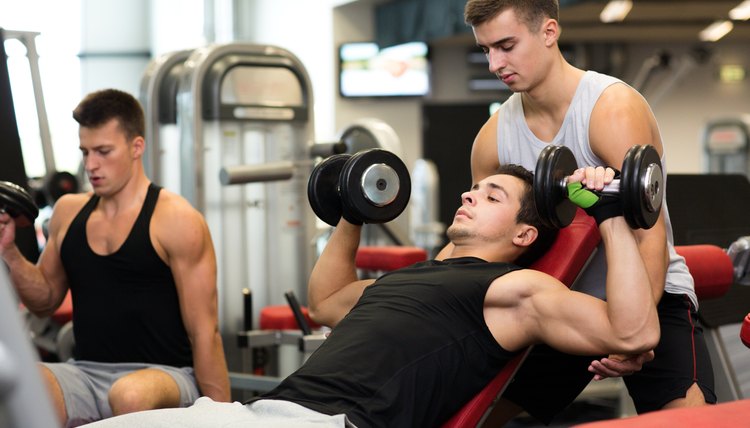What does fact checked mean?
At SportsRec, we strive to deliver objective content that is accurate and up-to-date. Our team periodically reviews articles in order to ensure content quality. The sources cited below consist of evidence from peer-reviewed journals, prominent medical organizations, academic associations, and government data.
- American College of Sports Medicine: Selecting and Effectively Using A Health/Fitness Facility
- American College of Sports Medicine: Selecting and Effectively Using A Health/Fitness Facility
The information contained on this site is for informational purposes only, and should not be used as a substitute for the advice of a professional health care provider. Please check with the appropriate physician regarding health questions and concerns. Although we strive to deliver accurate and up-to-date information, no guarantee to that effect is made.
Gym Safety Checklist

The gym is a place where you can get healthy and implement the changes you need for long-term fitness. But before you begin, you need to make sure that your workout is safe. For novices and experts alike, the gym can be a dangerous place. Take proper precautions prior to each workout to protect your health, prevent injury and to get the most out of your workout.
Gear Up
Ensure that you have the right gear before you even step foot on the gym floor. The specifics of the workout gear list depend on the type of gym, the form of workout, and any health requirements you have. While everyone will need a towel and water, only those planning on using free weights or weight machines need to wear weight-training gloves. Wear proper training shoes with good tread to prevent trips and slips. Don’t wear open-toe footwear such as flip-flops or sandals.
Check Equipment
Before using any piece of equipment on the gym floor, take a minute to examine that it’s in good working order. Check free weights for cracks or chips, and that two safety clamps are available for the barbell. For weight machines, make sure that all safety bars or clamps function before working out. Check that the weight plate pin is completely inserted into the hole for the weight plate, that the seat or bench is locked into place, and that you have a full range of travel with the bar or handles. For treadmills, make sure that the unit has a safety cut-off button that you can easily press if you lose pace with the machine.
Practice Makes Perfect
Know your routine before you hit the gym floor, including the precise form for each exercise, and how to use any required equipment. If you aren’t sure how to do a particular exercise, or exactly how to use a specific piece of equipment, seek assistance from a gym staff member or a personal trainer. Go slow while learning new forms and using unfamiliar equipment; for weight-training exercises, perform unladen repetitions to develop basic muscle memory for the form.
Find a Spotter
Line up an experienced spotter to help you through weight training exercises using free weights. A spotter is an essential safety check to prevent accidents and injuries during your exercises. A good spotter will watch closely through the lift and through the control phase of your exercise, ready to take control of the weight should you become unable to handle it. A spotter can also assist you in the gym for various exercises that use complex or potentially dangerous equipment, such as treadmills, stability balls, cables, ropes and punching bags.
References
- Getting Stronger: Weight Training for Men and Women; Bill Pearl
- American College of Sports Medicine: Selecting and Effectively Using A Health/Fitness Facility
Writer Bio
Bobby R. Goldsmith is a writer and editor with over 12 years of experience in journalism, marketing and academics. His work has been published by the Santa Fe Writers Project, "DASH Literary Journal," the "Inland Valley Daily Bulletin" and WiseGEEK.
